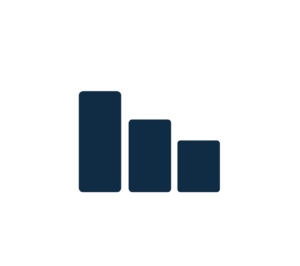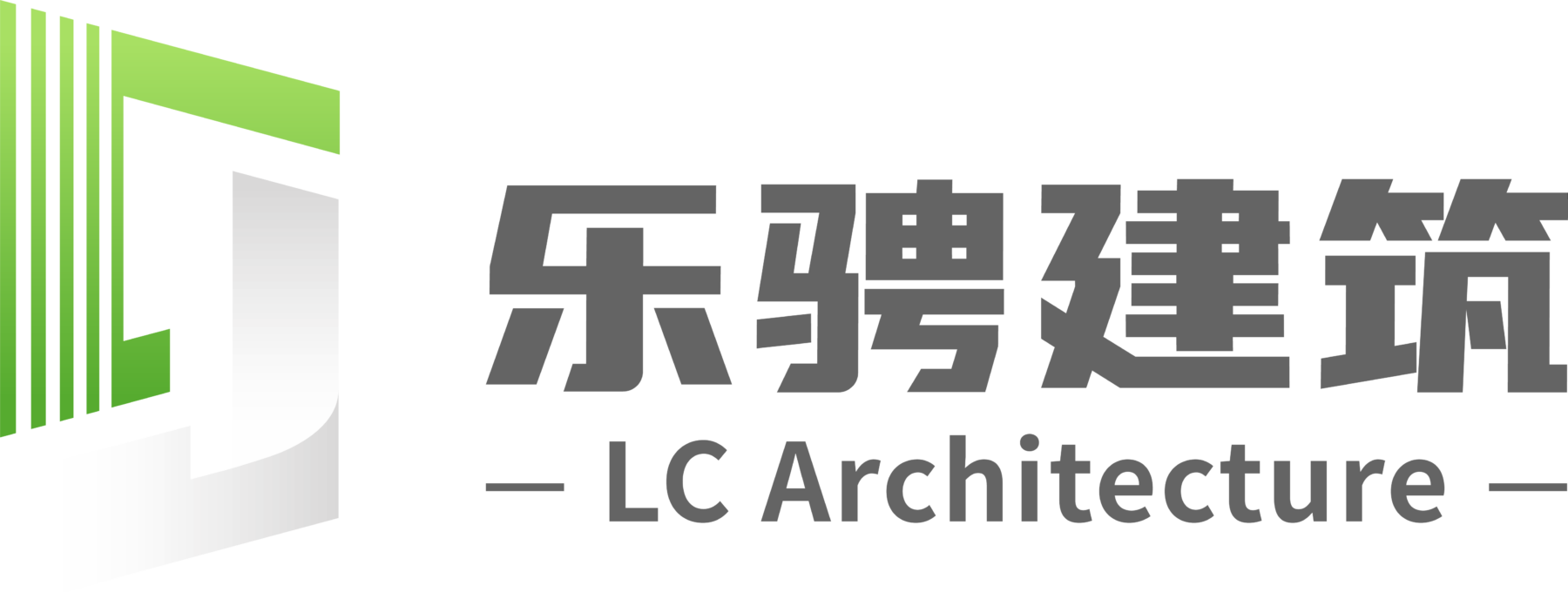This website uses cookies so that we can provide you with the best user experience possible. Cookie information is stored in your browser and performs functions such as recognising you when you return to our website and helping our team to understand which sections of the website you find most interesting and useful.

Introduction

Promote transparent and secure data sharing. Build solutions to leverage actionable data.

Readiness Goal 4.1
Readiness Goal 4.1: Based on RG2.1, RG2.3 and RG 2.4, translate improvement strategies and net zero target into SMART (specific, measurable, achievable, relevant, time-bound) parameters that can quantify the net zero performance.
Intent: Encourage identifying and quantifying parameters that can demonstrate net zero development. Builds trust in the net zero movement by showing quantifiable results that contribute to climate action, resilience and circularity.
Indicator 4.1.1: With reference to RG 2.3, identify quantifiable parameters that can reflect accurately the operational carbon emissions (Scope 1 and 2) of the organisation. For example, energy consumption of real estate assets, and mileage and fuel consumption of logistics.
Indicator 4.1.2: With reference to RG 2.4, identify quantifiable parameters that can reflect the embodied carbon emissions (Scope 3) of the organisation. For example, logging of materials and fuel usage during the construction process, implementing procurement policies that favour suppliers/distributors that report their activities’ carbon emissions.
Indicator 4.1.3: Set targets for the above identified parameters, taking into account the availability of high quality, credible residual emissions compensation activities. In conjunction with RG 2.2, voluntarily disclose these parameters and targets.

Readiness Goal 4.2
Readiness Goal 4.2: Implement data governance that facilitate the integration, pre-processing, labelling (semantic annotation) and querying of heterogeneous data.
Intent: Encourage establishment of good data governance framework which lays the groundwork for cybersecurity and privacy while promoting interoperability. This contributes to the availability of actionable data.
Indicator 4.2.1: Develop regional/national standard(s) for common data environment (CDE) that defines the information, format and access required. These improve the functions of construction, operation and maintenance.
Indicator 4.2.2: Encourage use of international standards for semantic enrichment. The use of established vocabularies and schema enables data interoperability. This ensures data from different sources adhere to a common set of terms and relations.
Indicator 4.2.3: Develop standards that encourage data management and integration with a platform that connects and manages asset and facility data, operational data, and real-time equipment data extracted from different subsystems based on an open protocol. Present these data in a performance dashboard that facilitates net zero performance optimisation.
Indicator 4.2.4: Develop a data ethics plan that guides the ethical collection, processing, analysis and application of data. Manage and mitigate risks such as personal privacy, data governance, monetization, permissions, data bias etc.

Readiness Goal 4.3
Readiness Goal 4.3: Implement data infrastructures and processes that enable data collection to account for operational, embodied carbon, and other external data sources that could optimise or contribute to achieving net zero performance.
Intent: Encourage installation of devices and implementation of systems for data collection that can provide insights for carbon emissions management. For example, energy performance data for buildings’ energy efficiency (operational carbon), and construction materials logging for embodied carbon.
Indicator 4.3.1: Provide energy metering and monitoring at sufficient granularity to provide data for operational carbon optimisation. For example, implementing zoning with sub-metering for plug load, HVAC, lighting energy consumption.
Indicator 4.3.2: Tracking materials, fuel and energy used, waste generated and recycled, during demolition (if any), construction, interior fit-out and refurbishment. Conduct a Life Cycle Assessment (LCA) or use an embodied carbon calculator to account for the embodied carbon of the project. Where applicable, tracking should incorporate 2.6.2 (EPD) and 2.8 (Green product certification).
Indicator 4.3.3: Provide measurement and monitoring devices/systems that can optimise net zero performance. For example, weather & climate data and grid renewable energy percentage. Implement systems for collecting and validating carbon offset activities. For example, validity of renewable energy credits and carbon trading instruments.

Readiness Goal 4.4
Readiness Goal 4.4: Adopt digital solution developments to provide actionable data for well-informed and effective decision making and policymaking.
Intent: Promote the management of large amount of data from the built environment sector through a CDE (common data environment) and build predictive models to provide preventive solutions. The objective is to create a big data environment that enables the integration of cross-domain data and visualisation, querying, exploration, and analytical tools powered by emerging artificial intelligence tools.
Indicator 4.4.1: Based on the CDE from RG4.2, build components such as distributed query engine and reasoning engine to achieve data ease of access and usability.
Indicator 4.4.2: Availability of big data management and AI services (Processing) Layer that provides a library of reusable AI-based Machine Learning/Deep Learning models. These readily available processing tools promote quick adaptation and reuse of models for different contexts.
Indicator 4.4.3: Based on the processing layer, digital solutions can offer (1) real-time building performance visualisation, optimisation and management and (2) digital twins. The solutions at this layer contains APIs that allows authorised parties to tap on the data and learning models, opening the door for 3rd party development of tools for performance optimisation.

Readiness Goal 4.5
Readiness Goal 4.5: Encourage data transparency through voluntary disclosure to promote accountability, trust and benchmarking of different types of net zero buildings.
Intent: Improve the accountability of net zero declarations, promote usage of local certification schemes, encourage sharing of achievements and best practices.
Indicator 4.5.1: The organisation has the tools and capability to report and achieve 3rd party verification from internationally recognised frameworks/ benchmarks such as Global Real Estate Sustainability Benchmark (GRESB) and Task Force on Climate-related Financial Disclosures (TCFD).
Indicator 4.5.2: The region and/or the company has the tools and capability to adopt sustainability certification schemes that verify the net zero performance of a project. For example, the Zero Energy / Positive Energy recognition under the Singapore Green Mark 2021 certification scheme.
Indicator 4.5.3: The organisation and/or region has publications and/or submission platform that showcase the tools, technology and data used to achieve net zero status. For example, sharing of non-sensitive information and data related to building energy performance to enable dynamic energy performance benchmarking and embodied carbon reporting.









